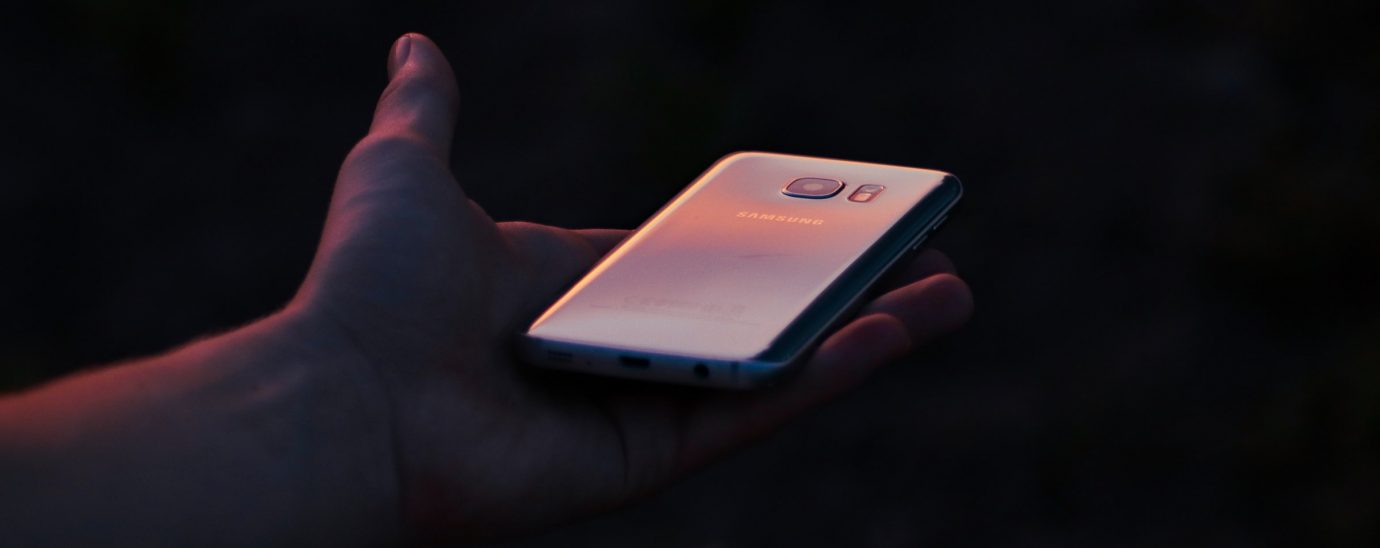Sustainable Phones

According to analyst research, the sustainability of mobile phones is set to be one of the most significant issues guiding consumer choice in the sector. Growing consumer awareness of the environmental consequences of their purchasing decisions has influenced many sectors in recent years but, until recently, has been slow to impact mobile phones. Industry expert Ben Wood believes that is now changing.
“Sustainability is a hot issue and phone makers’ green credentials are becoming an increasingly important part of consumers’ purchasing decisions”, said CCS Insight analyst Wood [*1].
Wood points out: “There’s a growing and very encouraging trend in the mobile phone industry, and consumer electronics more broadly, as companies start to pay more and more attention to sustainability.” [*2]
Durability (47%) and recyclability (29%) are already among the top five factors guiding the choice of phone brand according to recent research [*3].
Cat phones (made by UK-based company Bullitt Group) are explicitly designed to be rugged, with devices built to last and have a longer lifespan. Industry Analyst firm Canalys notes that the current average lifecycle of smartphones in the mass market is approximately 37 months for iPhones and 33 months for Android devices.
According to Bullitt, Cat phones have a much longer lifespan of 42-48 months – up to 45.5% longer than many mainstream brands – due to their rigid, rugged construction. These revelations are timely for Cat phones, who celebrate a decade of innovation in the rugged sector this year. To mark this tenth anniversary, Bullitt Group is lifting the lid of its Rugged-To-The-Core engineering and philosophy, which has made it a market leader in the sector.
Pete Cunningham, VP of Product, Bullitt Group, said: “Our customers want phones that last for longer, and we build our products to do just that. Other manufacturers have a much more straightforward approach to ruggedization, which sets us apart. “There are no shortcuts to building a truly rugged phone. Drawing on 10 years of research and experience in robust design and materials science, all Cat phones are engineered to be tough from the inside out. “Our phones are packed full of high-grade, waterproof components that are protected by impact-resistant casing and dirt-proof seals. Waterproof, dust-proof, and drop-proof our phones are rugged to the core.”
Another recent independent study exploring the rugged smartphone sector backs Bullitt’s claims. It shows that their products are built to be much more demanding than many of their cheaper, poorer quality competitors’ products – meaning the lifespan of their phones will be significantly longer than sector competitors and rooted phones.
To further extend the life cycle of its products, Bullitt has also introduced a range of new Care services. The new Bullitt Service Programme extends the portfolio’s rugged reliability, reinforced through service. It delivers a range of additional packages to cover all eventualities for complete peace of mind and a quick response to unforeseen accidents or emergencies, reducing the risk of downtime affecting the business or personal life.
Nathan Vautier, CEO of Bullitt Group, said: “Our customers, and consumers more generally, are putting a more excellent value on sustainability and want their phones to last longer and be repairable – and rightly so, given what’s happening with the environment. “With rugged devices built to survive drops, falls, spills, and water submersion, device lifecycles are inherently longer as our products do not break so easily. Offering repair and service options if something happens helps keep them going for longer. It’s not a complete solution, but it’s a move in the right direction. “We took some big steps in 2021 to address sustainability and have ambitious plans to go further this year and beyond.”
- [*1] 2022 Predictions: Used smartphon… – News – Mobile News (mobilenewscwp.co.uk)
- [*2] The Long Tail of Mobile Phone Recycling – CCS Insight
- [*3] https://www.techradar.com/uk/news/environmental-impact-is-a-growing-issue-for-uk-smartphone-buyer
